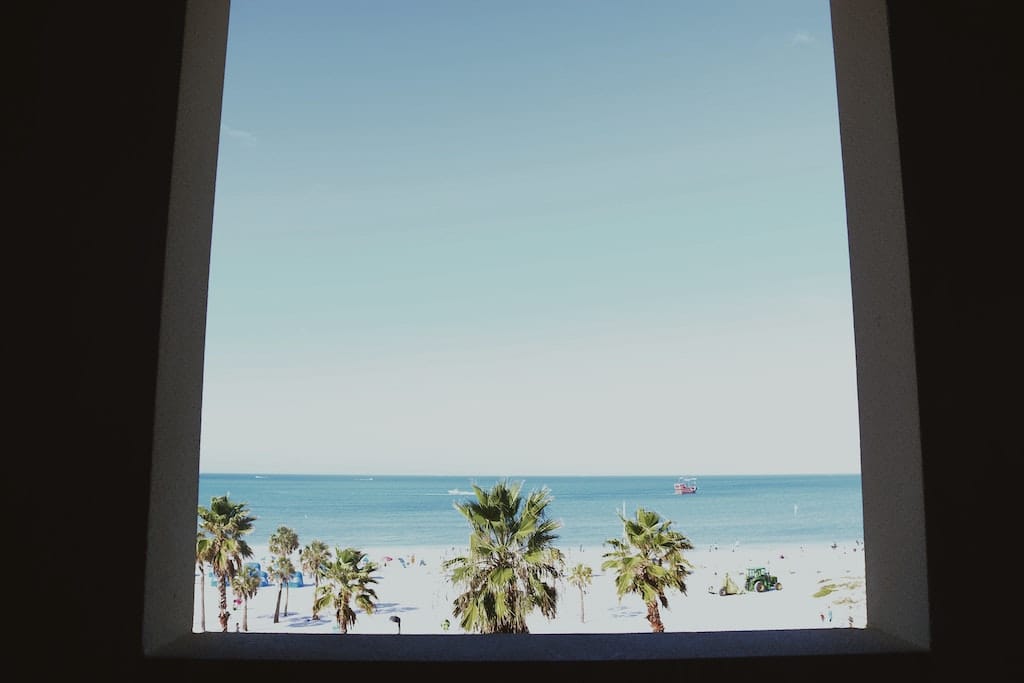All Categories
Featured
Table of Contents
Why Double Glazing Keeps Your Home Cooler In Summer? in Atwell Perth
That window can send more solar heat in winter season than in summertime. A west-facing window on a summer's afternoon has an angle of occurrence from near 0 as much as 30 with a large efficient area of solar radiation. A north-facing window, in summertime, has a high angle of incidence and a low efficient location of solar radiation, so can transfer less heat than a west-facing one.

You can rapidly and easily enhance the thermal performance of your home by changing your windows. This is one of the most effective methods of restoration to accomplish improved thermal convenience. There are thousands of kinds of glass and frames to pick from. Picking the best ones is very important to enhancing the energy effectiveness of your house.
Double Glazing For Warmer Temperature : R/melbourne in Bickley Western Australia
There are various types of glass items to choose from. Single glazing utilizes a single pane of glass. Single glazing with clear glass is not extremely effective when it comes to heat loss or gain. To improve performance, you can utilize single glazing with a more energy-efficient kind of glass such as low emissivity (low-e) glass.
The energy efficiency of IGUs also depends on: the properties of each layer of glass. Various glass types (for example, clear and low-e glass) can be put together in an IGU.
The Science Behind Double Glazed Windows in Middle Swan Perth

IGU cavities can be filled with air or a more inert, low-conductivity gas such as argon the width of the cavity. Cavity thickness is generally 6 to 18mm. Broader cavities offer lower (much better) U values, with 12mm generally accepted as the preferred gap how well the cavity is sealed. Cavities need to be dry and well sealed to avoid wetness getting in.
If argon is installed to the cavity in location of air, moisture is dependably omitted the level of desiccant (drying agent). The spacer (metal or polymer strip) that separates the glass layers contains a desiccant to absorb any moisture. Insufficient desiccant may trigger moisture to condense on the glass surface in cold conditions, lowering thermal performance.
Which Double Glazed Windows Are Best For Summer? in East Perth Perth
IGUs can provide much better energy performance for all environments, particularly in heated and air-conditioned houses. Cross-section information of single, double and triple-glazing systems Low emissivity glass (typically called low-e glass) decreases heat transfer. Low-e glass might be either high or low transmission: High transmission low-e glass has a coating that enables daytime from the sun to enter your house to attain excellent solar heat gain, however minimizes the quantity of the long wavelength infrared heat that can get away back through the window.
Low-e glass has either a pyrolytic finish or a vacuum-deposited thin film metal covering. Pyrolytic coatings are durable and can be utilized for any glazing; vacuum-deposited finishes are soft and are just used within IGUs. Low-e finishings can significantly enhance both U value and SHGC; nevertheless, they should be utilized correctly or they will either weaken or stop working to perform as required.
Double Glazing For Warmer Temperature : R/melbourne in Parkwood Western Australia
Low-e coverings can be used in combination with clear, toned or reflective glass. Low-e finishings on glazing can reduce heat transfer where needed Picture: Department of Industry, Science, Energy and Resources Toned glass has colouring additives consisted of throughout manufacture. It is readily available in numerous colours, typically bronze, grey, blue and green.
Table of Contents
Latest Posts
Sustainability in Bassendean Perth
Climateframe Double Glazing: Perth's Double Glazed ... in Subiaco Western Australia
4 Benefits Of Double Glazed Windows In The Summer in Murdoch Western Australia
More
Latest Posts
Sustainability in Bassendean Perth
Climateframe Double Glazing: Perth's Double Glazed ... in Subiaco Western Australia
4 Benefits Of Double Glazed Windows In The Summer in Murdoch Western Australia